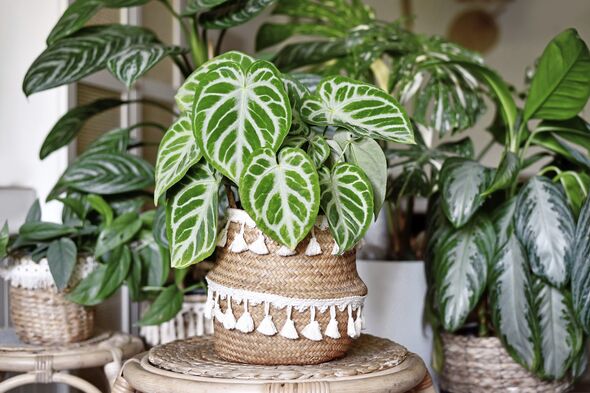Lifestyle
Enhance Your Houseplant Care for Autumn’s Arrival

As the season transitions to autumn in the UK, houseplants begin their natural slow-down period. To maintain the health of these indoor plants throughout the colder months, adjustments in care are essential. Jo Lambell, CEO of Leaf Envy, emphasizes the importance of adapting plant care routines to reflect the changing environment. She states, “Autumn is a crucial season for houseplants because it marks the beginning of their natural rest period.”
Understanding the needs of houseplants during this time can significantly impact their survival and vitality heading into spring.
Optimizing Light Exposure
One of the primary adjustments to consider is light management. With shorter daylight hours, it is advisable to reposition plants closer to windows to maximize their exposure to sunlight. Regularly rotating plants can also help ensure that all sides receive adequate light. For those with limited natural light, investing in a grow light may be beneficial to keep plants healthy.
As growth slows during autumn and winter, it becomes necessary to revise watering schedules. Lambell advises reducing the frequency of watering while ensuring that the soil does not dry out completely. Checking the top inch of soil before watering can help determine when to hydrate; if it feels dry, it is time to water.
Maintaining Humidity Levels
Another challenge for houseplants during this season is the increased use of central heating. While it keeps indoor spaces warm, the hot, dry air can decrease humidity levels, causing stress to plants, particularly ferns. To combat this, adding humidity can be achieved by lightly misting plants or placing them on a pebble tray filled with water.
In addition to adjusting light and moisture, it is also crucial to reconsider fertilization practices during autumn. Many plants enter a semi-dormant state as temperatures drop, and feeding them during this period can overwhelm their slowed growth cycles. Lambell suggests either reducing the regularity of fertilization or halting it entirely until spring arrives.
Implementing these small adjustments can significantly enhance the chances of houseplants thriving through the colder months. By paying attention to their changing needs, plant owners can ensure that their greenery remains vibrant and healthy as they transition into the spring season.
-

 Health3 months ago
Health3 months agoNeurologist Warns Excessive Use of Supplements Can Harm Brain
-

 Health3 months ago
Health3 months agoFiona Phillips’ Husband Shares Heartfelt Update on Her Alzheimer’s Journey
-

 Science1 month ago
Science1 month agoBrian Cox Addresses Claims of Alien Probe in 3I/ATLAS Discovery
-

 Science1 month ago
Science1 month agoNASA Investigates Unusual Comet 3I/ATLAS; New Findings Emerge
-

 Science4 weeks ago
Science4 weeks agoScientists Examine 3I/ATLAS: Alien Artifact or Cosmic Oddity?
-

 Entertainment4 months ago
Entertainment4 months agoKerry Katona Discusses Future Baby Plans and Brian McFadden’s Wedding
-

 Science4 weeks ago
Science4 weeks agoNASA Investigates Speedy Object 3I/ATLAS, Sparking Speculation
-

 Entertainment4 months ago
Entertainment4 months agoEmmerdale Faces Tension as Dylan and April’s Lives Hang in the Balance
-

 World3 months ago
World3 months agoCole Palmer’s Cryptic Message to Kobbie Mainoo Following Loan Talks
-

 Science4 weeks ago
Science4 weeks agoNASA Scientists Explore Origins of 3I/ATLAS, a Fast-Moving Visitor
-

 Entertainment4 months ago
Entertainment4 months agoLove Island Star Toni Laite’s Mother Expresses Disappointment Over Coupling Decision
-

 Entertainment3 months ago
Entertainment3 months agoMajor Cast Changes at Coronation Street: Exits and Returns in 2025









